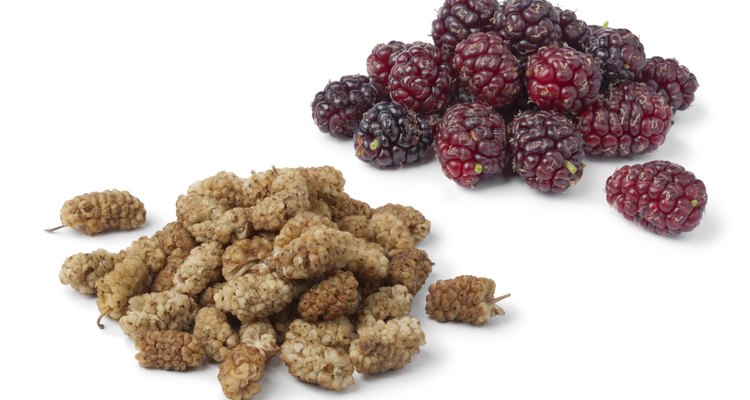
PicturePartners/iStock/Getty Images
Native to central China, mulberries now grow throughout warm, fertile climates in North America in red, white and black varieties. Although black mulberries resemble blackberries, the two taste very different. The naturally tart flavor of mulberries makes them a tasty flavor note in fruit pies, preserves and marinades. Dried mulberries also add antioxidants and fiber to hot cereal, pancakes and fruit breads. The rarity of mulberries compared to blackberries or blueberries means you’ll want to preserve large quantities through oven drying.
Drying Preparation
The firm, outer skin of cranberries and blueberries allows them to survive blanching. Mulberries still carry bacteria on the surface, but their soft, unprotected structure would break apart in boiling water. Ascorbic acid is an antioxidant that protects your hydrated mulberries from growing mold and bacteria after drying while preserving their color. Mix 3 tablespoons of ascorbic acid crystals into a deep pan or wide bowl filled with 1 quart cold water. Soak the mulberries in the mixture for 10 minutes. Gently strain them on a paper towel and wait for them to completely dry.
Maximize Heat Distribution
Drying water-heavy fruit, such as mulberries, requires days of low-grade baking, which can cause sticking. Keep your mulberries from sticking to the pan by using coated, nonstick pans. Also, don’t sacrifice your mulberries to save time. Trying to lower the number of drying batches by filling a 3-inch deep casserole dish with mulberries will prevent even heat distribution and cause the berries to stick together. Drying your mulberries in single-layer batches ensures equal and optimal heat distribution inside the oven.
Oven Drying
A baking time of 24 to 36 hours at 140 degrees Fahrenheit will slowly dehydrate your mulberries without burning them to a crisp. Use a spatula to turn and shuffle the mulberries around the pan approximately every hour to ensure each mulberry dries evenly. Test the dryness of your mulberries by gently shaking the pan side to side. Well-dried mulberries will make a rattling sound against the pan.
Conditioning
Even with the careful attention to arranging and baking, all batches of dried berries contain some uneven moisture. Redistributing the moisture before you store your dried mulberries reduces the risk of mold and spoiling. Half fill a glass jar with dried mulberries, close the lid and store at room temperature away from sunlight or moisture for 10 days. During this time, the drier mulberries will absorb excess moisture from the less dry mulberries. Shake each jar for 10 seconds once a day to rotate the moistest mulberries throughout the jar and prevent them from sticking to each other.
Related Articles
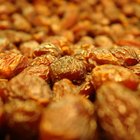
How to Refresh Dried Fruits: Raisins

How to Dry Pineapple in a Dehydrator

How to Dry Tomatoes in the Oven
How to Salt and Dry Pistachios
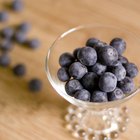
How to Dry or Preserve Blueberries

How to Dry Sliced Oranges in the Oven
How Long Does It Take to Dry Apples in ...
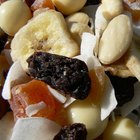
How to Soak Dried Fruit

How to Dry Limes
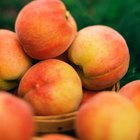
How to Freeze Peaches With a Vacuum ...
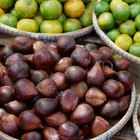
How to Oven-Dry Figs

How to Dehydrate Peas

How to Make Salt and Spices Stick to ...

How to Cook Steel-Cut Oats in a Slow ...
How Long Can You Freeze Fresh ...
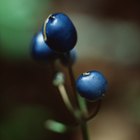
How to Dry Blueberries in a Dehydrator

How to Freeze Raspberries

How to Turn Plums Into Prunes

How to Make Sugared Almonds
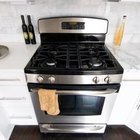
How to Oven-Dry a Bitter Gourd
References
Writer Bio
Christina Bednarz Schnell began writing full-time in 2010. Her areas of expertise include child development and behavior, medical conditions and pet health. She holds a Bachelor of Arts in international relations.
Photo Credits
PicturePartners/iStock/Getty Images